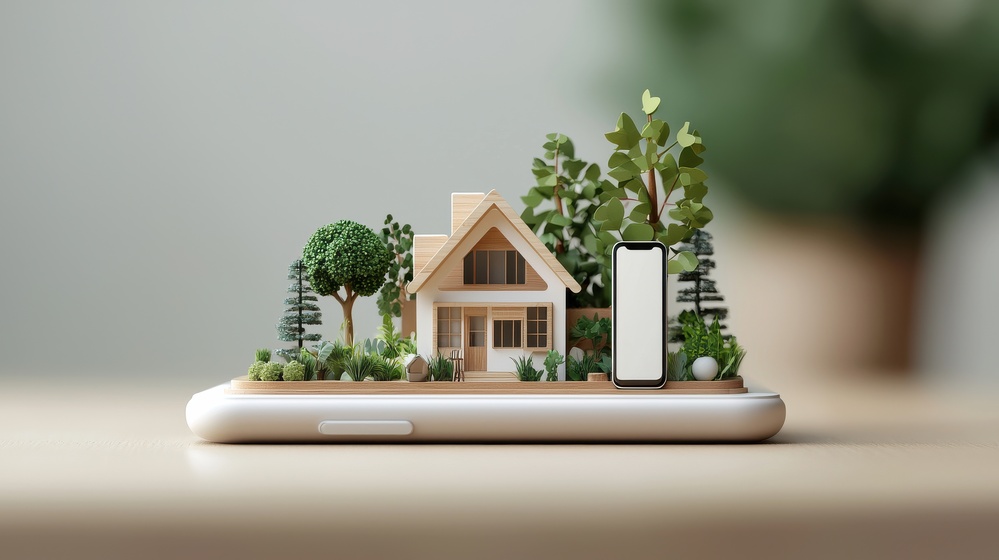American consumers are increasingly jumping on to the smart home bandwagon. The majority of us own at least one smart device, whether we recognize it as such or not. A fair number of us own multiple smart home devices. But the devices themselves offer limited functionality if consumers don’t know how to customize them. That is why I consider customization the icing on the smart home cake.
If Home Automation Were a Car
The value of customization in home automation can be hard to comprehend for someone who has never moved beyond a smart device’s basic functionality. So let us compare home automation to a car.
Everyone with a driver’s license knows how to get a car from one point to the next. We all know how to start the engine, engage the transmission, and use the gas pedal and brake to drive down the street. But for a lot of people, that’s as far as it goes.
Then you have that segment of the population capable of changing their own oil and spark plugs. They save a little money by doing basic work at home. Some of them envy a third group of car owners: the ones who can strip a car completely down and put it back together again.
This third group of car owners can customize everything about their cars. They can modify the engines for better performance and greater efficiency. They can modify the interiors to make them more comfortable. They can even customize paint jobs and trim to create unique looks. They get the most out of their cars because they are familiar with every little detail.
Home Automation Offers So Many Possibilities
Like a car guy can strip down and reassemble a car entirely, a home automation geek can tap into the endless possibilities his system offers. Perhaps the possibilities are not endless, but there is still a lot to work with.
Customizing a home automation system is a lot like customizing a car. Here are just some of the things you can do:
- Create Scenes – A home automation system can feature scenes composed of lighting, temperature, music, and even TV entertainment. An entire scene can be programmed and then activated with the tap of a finger or a voice command.
- Create Routines – Routines are similar to scenes except that they are executed automatically. One example is a morning routine that turns on lights, starts the coffeemaker, and reads the headlines from the homeowner’s favorite news sources.
- Schedule Automations – Customizations can include scheduled automations. A perfect example here is scheduling lights to go on and off at various times while on vacation. A thoughtfully devised schedule could mimic how lights are normally used when the homeowner is home.
These three examples barely scratch the surface. Scenes, routines, and scheduled automations can be combined to trigger complex events that cascade through multiple devices and systems. Home automation systems can be linked to smartphones for geolocation purposes. I could go on, but I hope you get the point.
Customizations by Ecosystem
The one caveat to all of this is that customizations often depend on the ecosystem you are using. One consumer might have a Vivint home automation system while another relies on a platform like Google Home or Amazon Alexa. Each platform handles customizations slightly differently.
Regardless, customization is what makes home automation so personal. To me, it’s worth learning all the ins and outs of customizing my devices and software. The more I tinker with customization, the more I am able to do with my system. Each new customization just makes things better.

